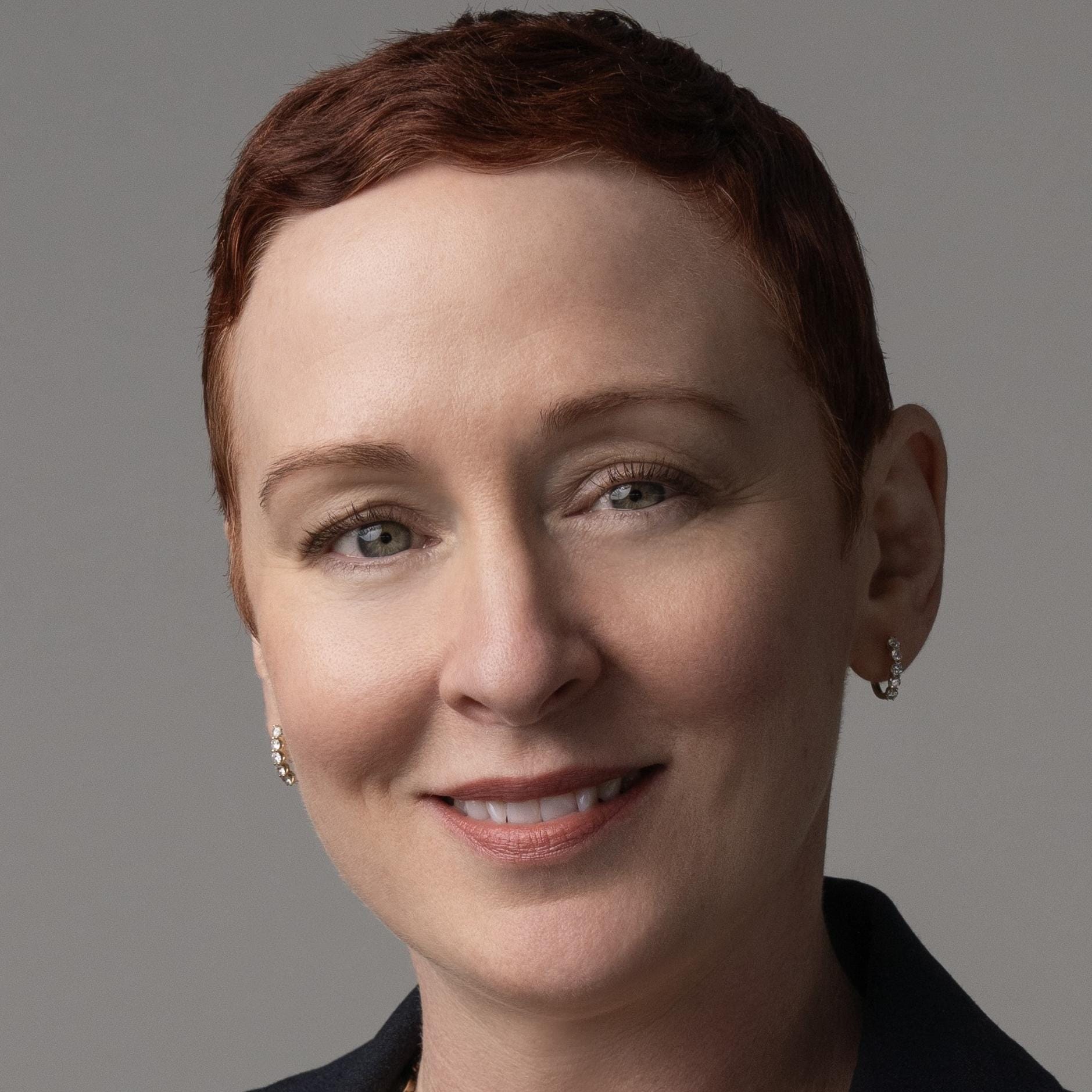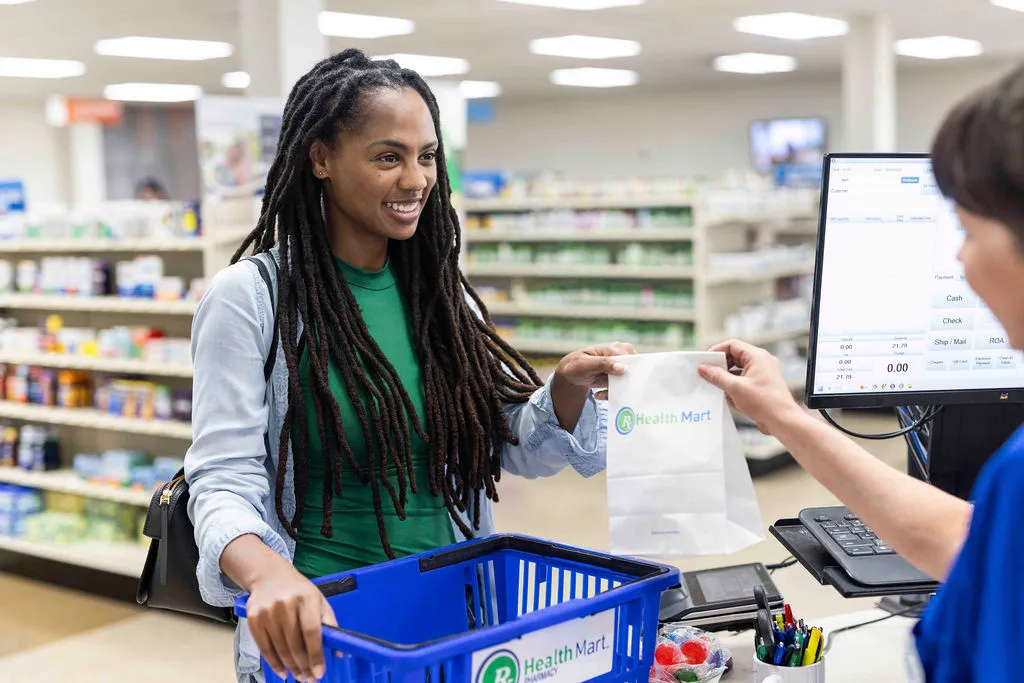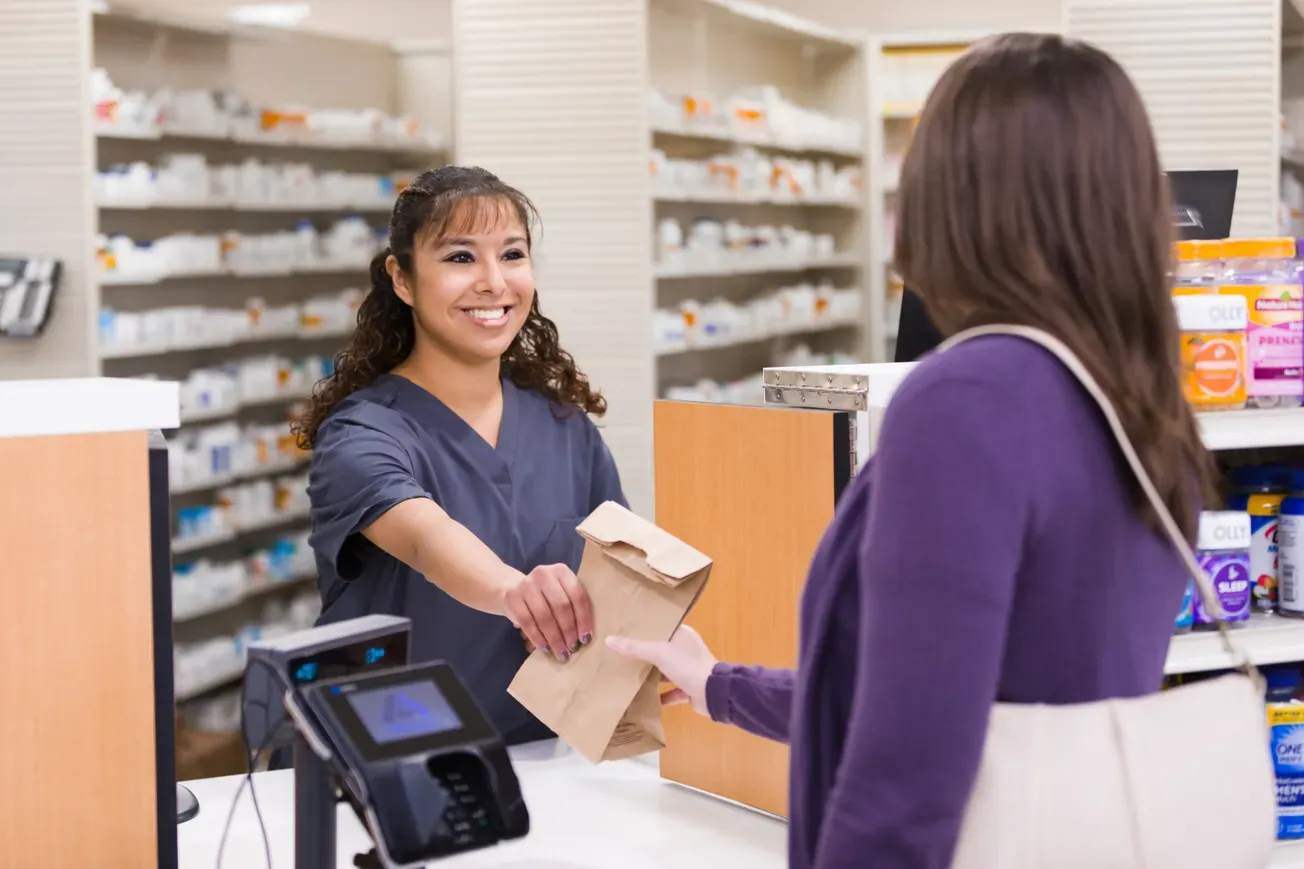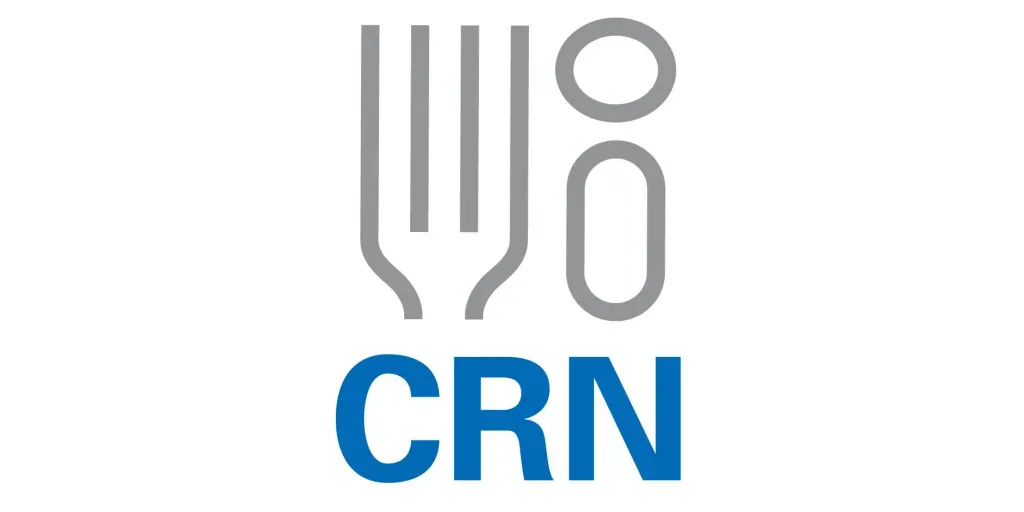NASHVILLE, Tenn. — Pharmacy continues to evolve beyond the traditional retail model, with care increasingly shifting to more non-acute, decentralized settings. As this transformation accelerates, McKesson Corp. remains at the forefront, supporting nontraditional pharmacies with the distribution strength, technology and consultative expertise they need to succeed. “By enabling these nontraditional care models, McKesson is helping providers meet patients where they are — improving access, enhancing outcomes and shaping the future of pharmacy,” said Leigh Bresnahan, senior vice president of Specialized Care Pharmacy at McKesson, during last week’s ideaShare 2025 show here.

Community pharmacies are evolving into hubs of clinical care, offering innovative services that enhance patient outcomes and expand access to care. “I lead a segment called Specialized Care Pharmacy at McKesson. This segment encompasses our national alternate site pharmacies, including long-term care, specialty, non-acute infusion and digital,” Bresnahan said.
“So as you can imagine, it is a very dynamic and evolving space. I’m going to focus on community pharmacies and what these trends are and how they provide opportunities for community pharmacies and especially pharmacists to continue to diversify. I’d say first and foremost the pharmacy industry is experiencing significant change. You have patients that are increasingly seeking care in alternate sites, be it at home, in a clinic or digital,” she added.
Bresnahan said payers are continuing or starting to shift more care at lower-cost settings. “We’re also seeing patient demographics changing along with associated care needs. Long-term care pharmacy for example, they’re experiencing or facing a demographic boom — by 2030, 20% of the U.S. population will be above the age of 65 and the population above the age of 80 will also be at an all-time high.” She added that the model is shifting with demand for long-term care at-home services. Specialty pharmacy is now about 50% of the total drug spend and is predicted to be 60% to 70% by the early 2030s. And ambulatory infusion is expected to grow 7% to 9% through 2030, with some predicting that home infusion volume will surpass hospital-based infusions by the end of this decade. And digital pharmacy is expected to service 10% to 20% of total prescription volume by 2035, driven by consumer demand for convenience.”
Bresnahan pointed out that community pharmacy needs to diversify,“ to respond to the market shifts, [particularly] as traditional prescription volume starts to shift away from traditional retail pharmacy.” She pointed out how, through diversification, community pharmacies may still be able to leverage their strengths. “I hope this is where we get back to putting the pharmacist in the front — it leverages community pharmacy’s core strengths because they excel at providing high-touch personalized care, which is a key patient’s outcome differentiator, especially for specialty long-term care and chronic care management. Community pharmacies have already demonstrated they excel in those areas.”
When asked if more hospitals and other care facilities are farming pharmacy services out, she said “I’m seeing some of that happening, but I’m also seeing hospitals doing all they can to retain those patients, and many of them are now acquiring specialty pharmacies. While it’ll be outside of the hospital setting, they’re able to keep that patient under their overall umbrella, whether it’s in a clinic that they own or through a home infusion provider as well.”
She explained that technology continues to be a key enabler for the modern pharmacy. “On the operational side, many pharmacies are using automation and advanced software to improve efficiencies. For example, robotic pill dispensers and barcode verification help to reduce errors and free up pharmacists’ time for patient interaction. Digital tools have become essential, and mobile apps and secure messaging allow patients to request refills and get reminders and even chat with pharmacists remotely. And telehealth and telepharmacy platforms are extending the pharmacist’s reach, allowing consultations via video or operating remote pickup kiosks.”
She said that, in short, technology helps pharmacies scale their personal touch and streamline logistics. “And if a community pharmacy was looking to expand and didn’t know maybe where to start, what I would say is start with an assessment of what’s already around them. And I think they may be surprised. So, first look around and are there unmet needs in your community. Do you have an existing patient population that you already serve that could benefit from expanded services? What are your strengths? Do you have clinical background or maybe you have relationships with providers or clinics in the area? I’d say start with an assessment of what’s already around you and build from there. I think there’s plenty of opportunity,” she said.
“There’s no right answer. It all depends on that community, its patients, and that pharmacy.. But there’s a lot of unmet need right there within their pharmacy already.”
Bresnahan added that, looking ahead to the next decade or so, the momentum toward patient convenience, cost effectiveness and integrated care will only intensify. “And some trends are pointing to more of a hybrid type pharmacy model that leverages the strengths of each segment. So, for example, a patient with multiple chronic conditions may receive high-touch localized consultation from a local pharmacist. They might receive their specialty biologics from a dedicated specialty pharmacy, they might receive IV treatments at home from a home infusion provider, and they might receive their maintenance meds monthly, automatically all integrated and coordinated by a digital platform. Trends are predicting the lines between traditional and nontraditional pharmacy are going to start to blur. And what’s most important, is the right pharmacy service reaches the patient at the right time and the right place.”
She continued, “And this shift towards nontraditional pharmacy does offer significant opportunities, but also challenges. So, the national players for specialty infusion and digital pharmacy are poised for growth, and they will somewhat shape and set the market standards. But community pharmacies, as they do, will continue to evolve and reinvent their business models to leverage their strengths of accessibility and personalized care. The pharmacies that will be the most successful are the ones that are going to be able to demonstrate value either in superior patient care, improved convenience or lower total health care costs, and ideally all three.”







